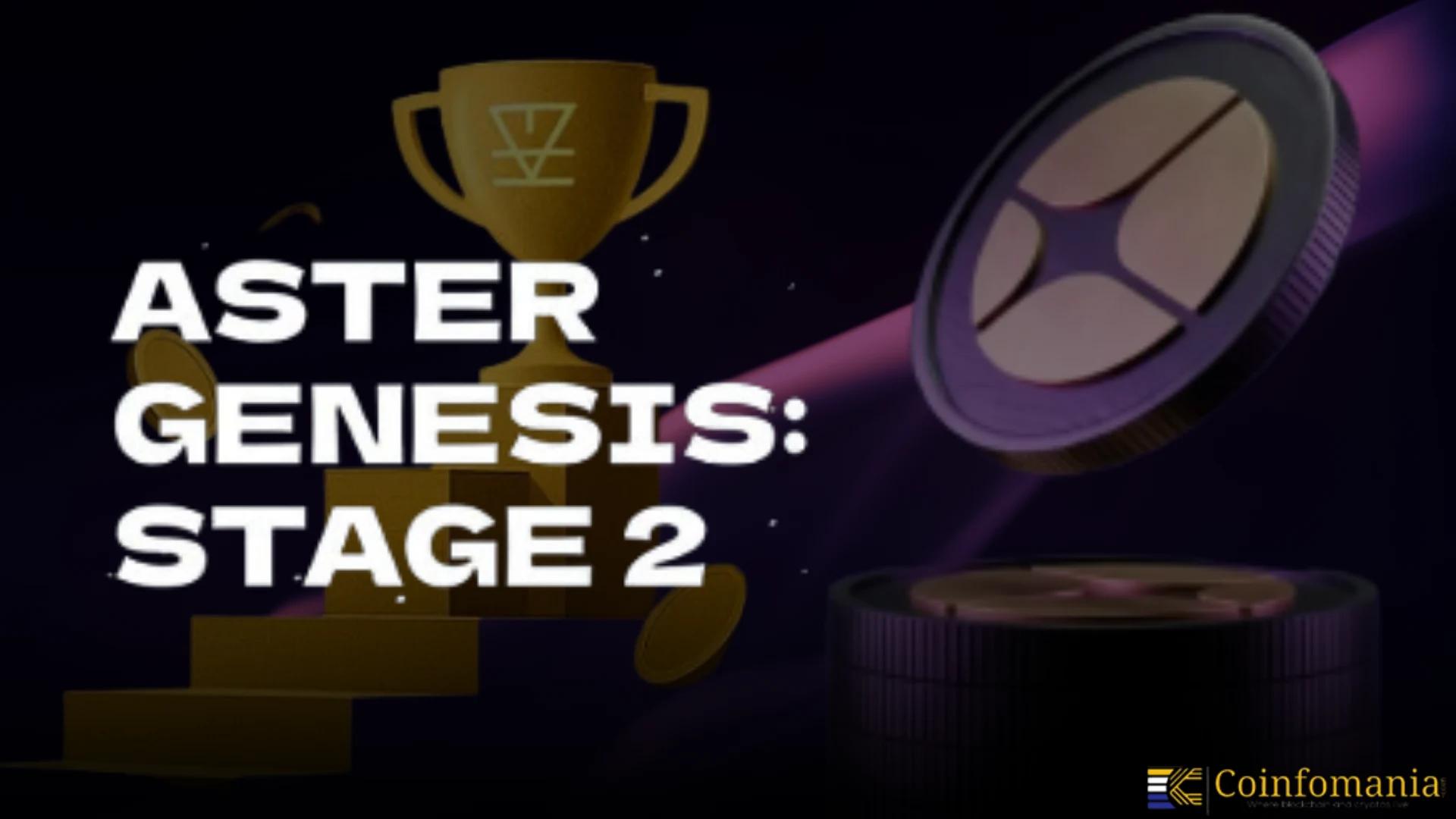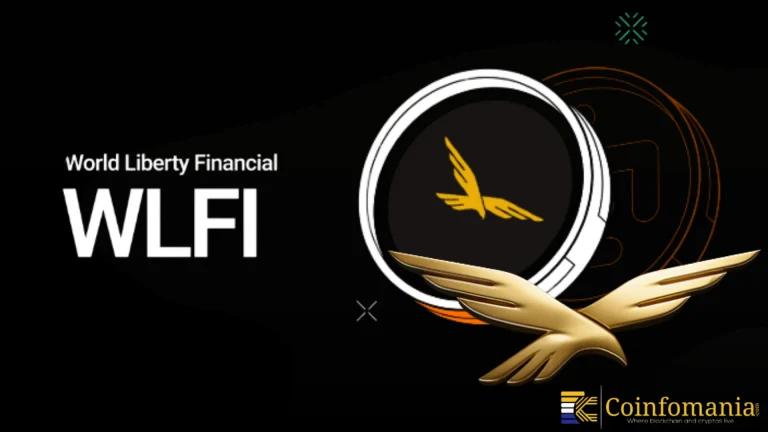Aster Season 2 Ends with 4% Token Allocation and Dual Airdrop Options; Season 3 Launches Immediately
Aster concludes Season 2 with 4% of token supply allocated, introduces no-vesting airdrop and fee refund options.

Quick Take
Summary is AI generated, newsroom reviewed.
Aster Season 2 ended on October 7, 2025, distributing 4% of total token supply.
Airdrop claim window opens October 10–14, 2025, with no vesting.
Users can choose between $ASTER tokens or a full trading fee refund.
Innovative dual-claim model supports price stability and user retention.
On October 7, 2025, Season 2 of Aster team officially concluded its points farming program according to the announcement of the program on the Twitter account procent_crypto. The second season was assigned 4% of the total supply of token ASTER and was given out in a span of four weeks. In addition to the wrap-up, Aster presented detailed instructions to do airdrop claims and affirmed the immediate release of Season 3.
🪂 Aster Season 2 Wrap-Up — Updates
— PROCENT (@procent_crypto) October 7, 2025
Today, Season 2 of the Aster points farming program officially ended.
A total of 4% of the total token supply was allocated for this round.
The team also announced the start of Season 3 and shared details about the Season 2 airdrop:
→… pic.twitter.com/L8N9nXOP5w
Airdrop Claims: No Vesting, Full Rewards
On the 10th of October, 2025, the Season 2 airdrop checker will become accessible, and users will be able to confirm their costumes and compensations. The airdrop provides the participants with two options:
- Option 1: Collect prizes in $ASTER tokens.
- Option 2: Get all your trading fees back that you paid in Season 2.
The participants will have to make a decision between 10 and 12 October 2025. By default, the default setting, Option 2 (fee refund), would be used in case no choice is taken. The team recommends that their users compare the airdrop value with trading costs, and use tokens in case airdrop is higher than the user costs, and vice versa.
Season 3 Launches with Long Periods
As soon as the second season ended, Aster introduced the third, extending the program to five weeks (until around November 11, 2025). The increased time is an indication that he may be making changes to the points accrual system and potentially an increase in the number of total tokens to keep the user engaged. Season 3 will increase the engagement of more liquidity and incentivize active traders that will provide volume growth to the platform.
Offering the flexibility of choosing between token rewards and refund-of-fee helps mitigate the dumping pressure, further flexibility with allowing the users to select one, and price stability benefits the ASTER of the token. The no-vesting clause shows that Aster is confident in its ecosystem and the ability to retain users. The system compensates those who make an early and high-volume trade, and most of the significant rewards will be they will receive when they are active in the first week of Season 2.
Ecosystem and Strategic Context
The privacy-oriented DeFi of Aster makes it comparable to more advanced trading applications, such as dYdX or GMX, though the fee-refund airdrop structure of the incentives makes it unique in terms of flexibility.
By October 2025 the DeFi space worldwide is experiencing a point farming program revival – with protocols all broadening their reward systems into multi-season models to keep users engaged. The successful campaigns of Arbitrum, Blast, and LayerZero have a similar structure to that of Aster, and it makes it competitive in the existing yield-oriented market. In the case of Aster, the continuous flow out of Season 3 to Season 3 demonstrates the preparedness to operate and the trust of the community. The lack of vesting, however, may cause temporary volatility of tokens in the short term following an airdrop.
References
Follow us on Google News
Get the latest crypto insights and updates.


